Energy storage is paired with renewable energy to boost flexibility and resilience of intermittent generation sources. Over 82% of actively planned capacity additions in the United States are solar, wind, and energy storage, with solar representing over 50% of all planned U.S. generation capacity.
A report from American Clean Power Association (ACP) and Wood Mackenzie project that the nation may add as much as 75 GW of energy storage between 2023 and 2027 to meet the needs of an evolving grid.
Energy storage has been ramping up considerably in recent years. In 2017, only 288 MW / 645 MWh was added. Five years later, in 2022, 4.8 GW / 12.1 GWh was brought online. The 2022 total for deployment was nearly equal to the totals in 2020 and 2021 combined, as deployment rates continue to heat up.
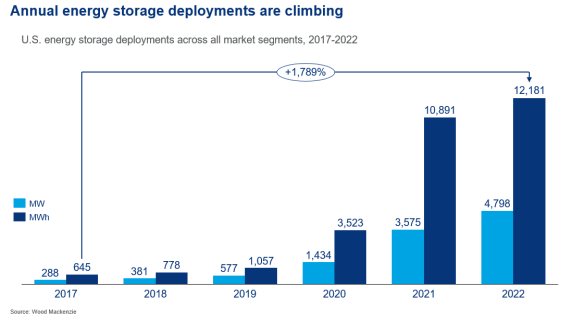
“Energy storage had its best year yet in 2022. Cumulative operating utility-scale storage capacity increased by 80%. While we saw a slight dip in installations toward the end of the year, the trend is clear: Energy storage is on a rapid growth curve and is already a key component of building a resilient grid that supports abundant clean energy,” said John Hensley, American Clean Power Association (ACP) vice president of research and analytics.
Despite the banner year for deployment thus far, energy storage took a dip in late 2022, particularly in the utility-scale. The U.S. added just over 1 GW across all segments in the fourth quarter of 2022, making the quarter only the fifth highest for installations. Deployment 33% lower than Q4 of 2021, the highest quarter on record.
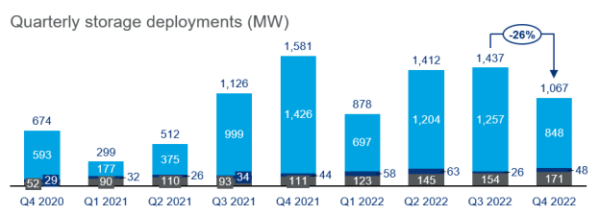
The dip in deployment was largely attributed to supply chain and interconnection constraints, said the report. These major headwinds led to over 3 GW of projects scheduled to come online in Q4 being delayed or cancelled.
While utility-scale storage slowed, residential batteries continued to rise in adoption, growing to 171 MW installed in Q4, an 11% increase over the previous quarter. Capacity additions rose every quarter in 2022, suggesting increased demand for backup power.
“Despite a slow fourth quarter, total 2022 installations were still 44% over 2021. Grid-scale installations increased by 7% year-over-year, CCI [community, commercial, and industrial] by 3%, and residential experienced the strongest growth with installations up 36%,” said Vanessa Witte, senior analyst with Wood Mackenzie’s energy storage team.
“Looking ahead, we expect the U.S. storage market to install almost 75 GW between 2023 and 2027. Grid-scale installations account for approximately 60 GW, 81% of the new capacity added,” said Witte.
The report added that project volume in the interconnection queue from 2023 to 2028 fell by about 10% from the last quarter. This occurred as a result of independent system operators filtering through applications, and developers withdrawing applications now that the rush to secure queue positions has calmed.
Over 7 GW of projects with an original 2022 planned commercial operation date were pushed into later years or cancelled outright. ACP said this was likely due to increased costs and developers’ inability to procure equipment within their projects’ timeframes.
ACP added that price relief for batteries is on the horizon as commodity prices decline. System cost declines are expected in 2023, but issues in supply delays and a tight labor market will likely persist as headwinds this year.
This content is protected by copyright and may not be reused. If you want to cooperate with us and would like to reuse some of our content, please contact: editors@pv-magazine.com.
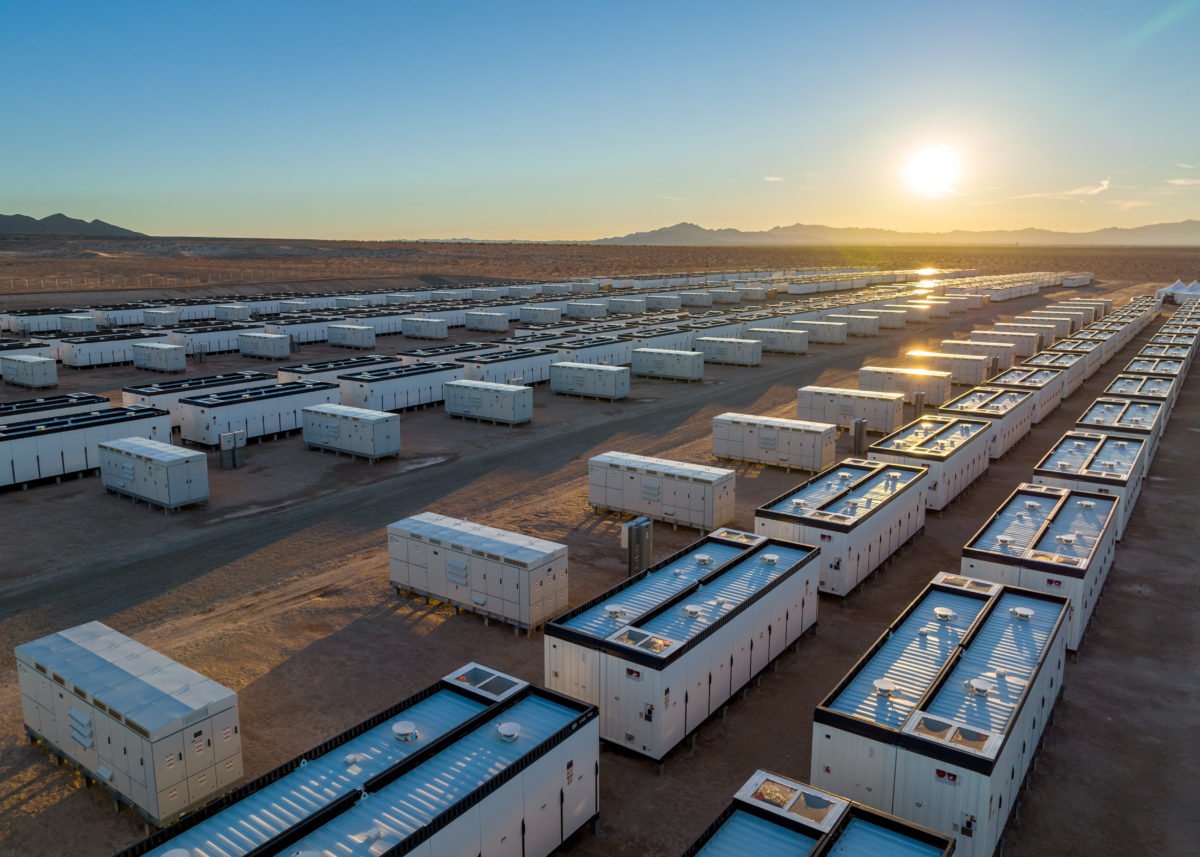
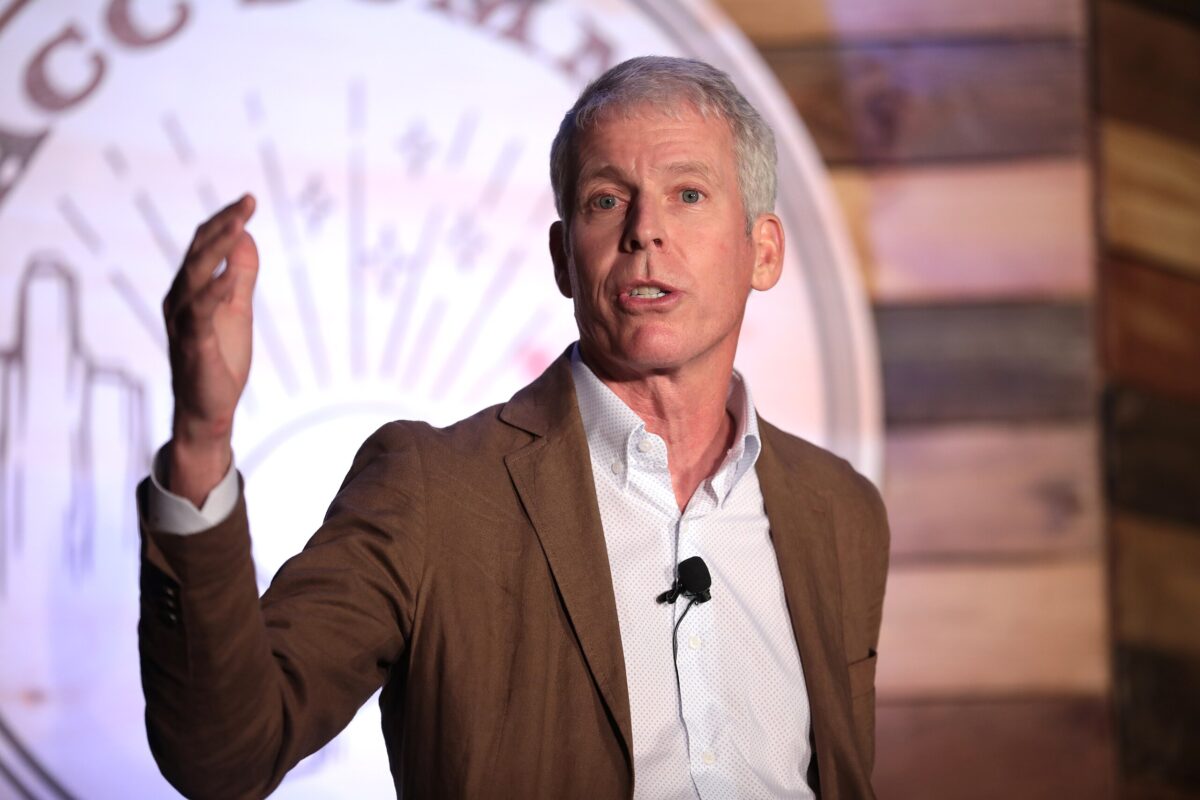




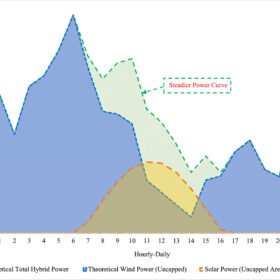
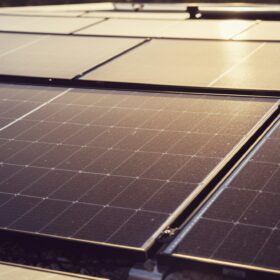

Ignored is the 10 million EVs with V2G in 2027 that have ~ 500GWh of battery with 250GWh available for buying, selling power.
And at no real extra cost as a no cost mod to the onboard battery charger and minimal battery life cost, will swamp grid battery storage.
Now think about these huge numbers when the US has say 100 million EVs in 10 yrs?
That is 2.5TWh of usable for home to grid storage battery.
Also next, maybe late this yr, battery storage system prices will cut by 50% as competition rises and a world recession, Chinese depression.